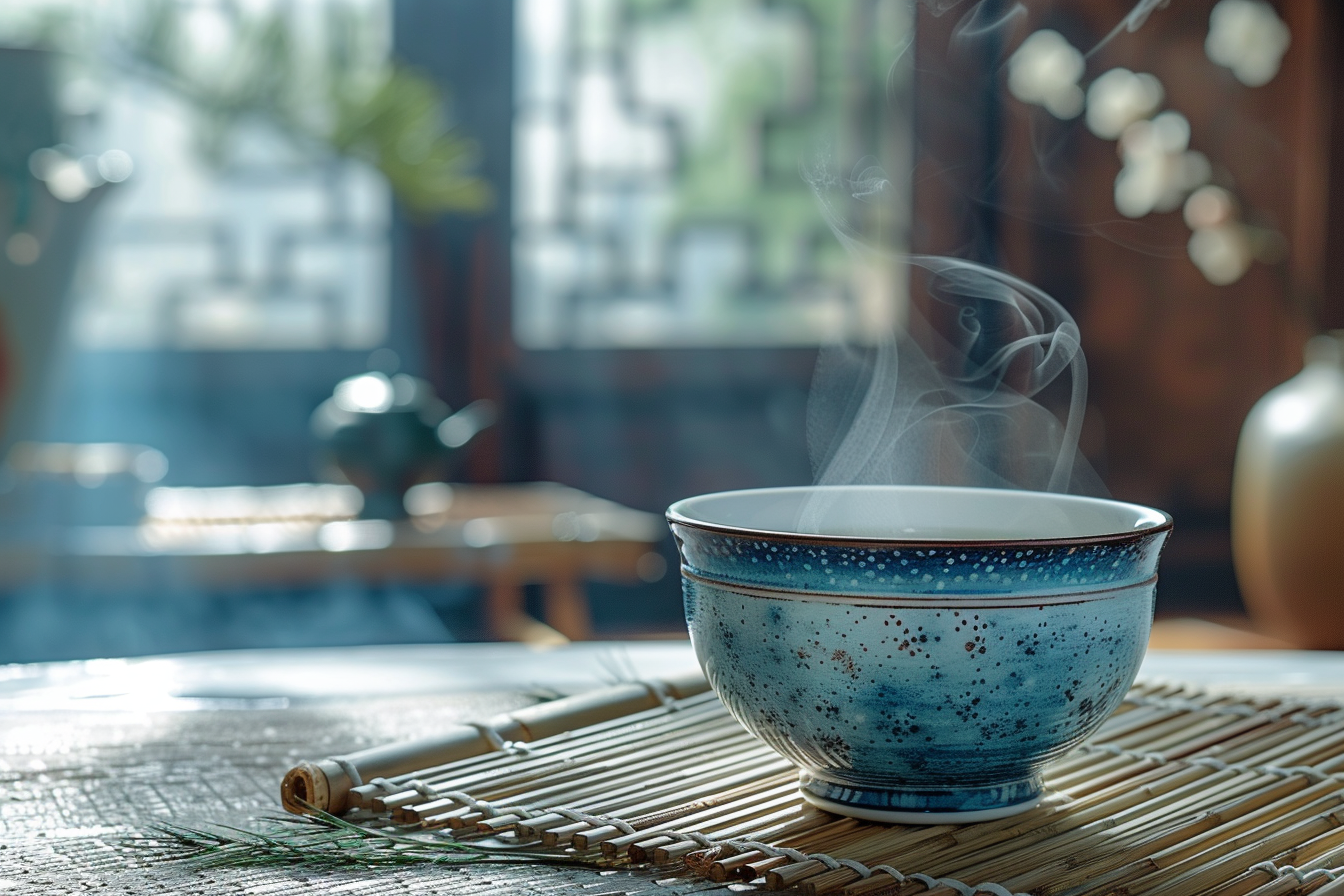Purchasing Chinese tea can be challenging for beginners, but with some basic knowledge and skills, you can easily find the right tea for yourself. Here are some practical tips to help you make wise choices when buying Chinese tea:
1. Understand the Types of Tea
Chinese tea is mainly divided into six categories, each with its unique flavor and characteristics:
- Green Tea: Fresh and invigorating, suitable for those who like a lighter taste. Examples include Longjing and Bi Luo Chun.
- Black Tea: Rich in aroma and full-bodied, suitable for those who prefer a robust taste. Examples include Keemun black tea and Lapsang Souchong.
- Oolong Tea: Positioned between green and black tea, it possesses the fragrance of green teas and the richness of black teas. Examples are Tieguanyin and Da Hong Pao.
- White Tea: Simply processed, retaining the natural flavors of the leaves, with a delicate taste. Examples are Bai Hao Yin Zhen and Bai Mu Dan.
- Yellow Tea: Unique in its production process, offering a gentle mouthfeel and distinctive aroma. Example includes Junshan Yinzhen.
- Dark Tea: Undergoes post-fermentation, rich in flavor, suitable for those who enjoy a deep tea taste. An example is Pu’erh tea.
2. Determine Personal Taste
Before making a purchase, consider the type of taste you prefer. Do you like lighter or stronger teas? Or do you want to try different flavors? Consider buying small packages of different types of tea to find what best suits your taste.
3. Choose healthy, pollution-free tea
1. Health Benefits of Tea
Antioxidant Properties
Tea, especially varieties like green and white tea, is rich in antioxidants such as catechins and flavonoids. These compounds help combat oxidative stress in the body, reducing the risk of chronic diseases.
Heart Health
Regular consumption of tea has been linked to improved cardiovascular health. Studies suggest that tea can help lower blood pressure, reduce cholesterol levels, and improve overall heart function.
Weight Management
Certain teas, like green tea, have been shown to boost metabolism and aid in weight management. The presence of caffeine and catechins can enhance fat oxidation and improve exercise performance.
2. Environmental Considerations
Pollution-Free Cultivation
Tea grown in pollution-free environments is less likely to contain harmful residues from pesticides, heavy metals, and other pollutants. This not only benefits your health but also supports sustainable farming practices.
Biodiversity and Ecosystem Health
Organic and pollution-free tea farms often promote biodiversity, which is essential for maintaining healthy ecosystems. These farms use natural methods to control pests and diseases, reducing the environmental impact.
3. Quality and Flavor
Pure Taste
Pollution-free tea tends to have a more authentic and vibrant flavor profile. The absence of contaminants allows the natural characteristics of the tea leaves to shine through, providing a more enjoyable drinking experience.
Freshness and Aroma
Teas that are grown and processed without pollution often retain their freshness and aromatic qualities better than those produced in contaminated environments. This enhances the overall sensory experience of tea drinking.
4. Ethical Considerations
Supporting Sustainable Practices
Choosing pollution-free tea often means supporting farmers who engage in ethical and sustainable practices. This can include fair trade practices, which ensure that farmers receive a fair price for their products.
Reducing Environmental Impact
By opting for pollution-free tea, consumers contribute to a reduction in environmental degradation caused by conventional farming methods, promoting a healthier planet for future generations.
4. Pay Attention to the Appearance of the Tea
When purchasing, it’s important to observe the appearance of the tea. High-quality tea usually has a bright color and uniform shape. For green tea, the leaves should be intact; for black tea, they should have a noticeable strip-like shape.
5. Understand the Origin of the Tea
The climate and soil conditions vary across different regions in China, affecting the flavor of the tea. For example:
- West Lake Longjing: Produced in Hangzhou, Zhejiang, known for its refreshing aroma.
- Keemun Black Tea: From Anhui, famous for its unique floral and fruity aroma.
- Oolong Tea: Fujian’s Tieguanyin and Guangdong’s Phoenix Single Bush each have their own characteristics.
6. Ask and Taste
If possible, visit a tea shop and seek advice from tea masters or staff to learn about the characteristics and brewing methods of different teas. Many tea shops offer tasting sessions, allowing you to try before you buy.
7. Learn Brewing Skills
After purchasing the tea, learning the correct brewing skills is also important. Different types of tea require different water temperatures and steeping times. Refer to the instructions on the tea packaging or look up relevant information.
Summary
Buying Chinese tea is a process of exploration and enjoyment. By understanding the types of tea, determining personal taste, choosing reputable brands, paying attention to the appearance of the tea, understanding its origin, asking and tasting, and learning brewing skills, you can find the right tea for yourself and enjoy the charm of tea culture. I hope you find joy in the world of tea!
chinese tea